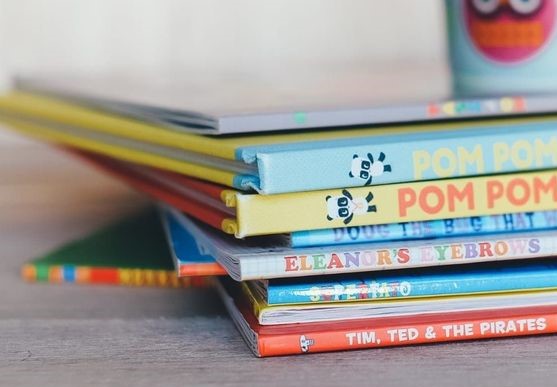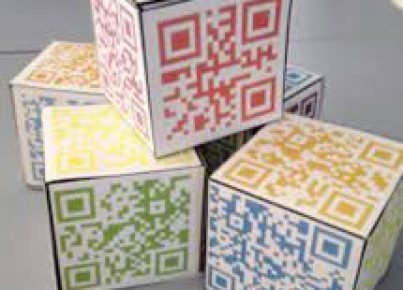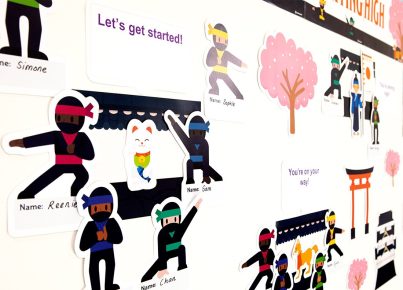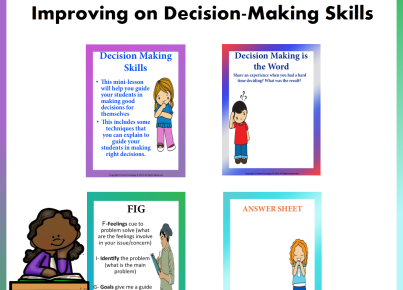Introduction
Picture book biographies are an innovative and inspiring resource for teaching younger students about influential figures in history. These visually appealing books, through their captivating images and simplified texts, provide an engaging way to introduce children to important personalities from various walks of life. By integrating picture book biographies into the classroom, educators can foster students’ interest in historical events and encourage them to explore the lives of trailblazers who have made significant contributions to society.
Why Use Picture Book Biographies in the Classroom?
1. Appeal to Multiple Learning Styles: Picture book biographies offer a unique combination of visuals and words that cater to different learning styles. Some students may be visual learners, while others are more adept at processing information through textual mediums. By incorporating picture books into the curriculum, we can cater to both types of learners and ensure that every student has the opportunity to effectively absorb the material.
2. Enhance Vocabulary: By exposing young readers to new words and phrases within context, picture book biographies help expand their vocabulary. Students are more likely to understand complex concepts when explained using simple language and illustrations.
3. Boost Reading Skills: Reading picture book biographies encourages active thinking and improves reading abilities. In these books, students face various sentence structures and lengths which help them develop their reading skills step-by-step.
4. Develop Empathy: By introducing children to role models who faced struggles, overcame obstacles, or fought for a cause, we help instill empathy in the young minds. Understanding the emotions behind such stories helps students build emotional intelligence and relate better with others.
5. Encourage Inquiry-Based Learning: The fascinating life stories presented in picture book biographies often spark curiosity among students. This curiosity drives them to question further and actively seek answers, fostering an attitude of active learning.
How to Incorporate Picture Book Biographies into Your Lessons
1. Choose Timely Topics: Select picture book biographies that align with topics being covered in the classroom, or historic events that coincide with the present. For instance, pick a biography of Martin Luther King Jr. during Black History Month.
2. Encourage Discussion and Reflection: After reading a picture book biography, ask open-ended questions to engage students in discussions, stimulate critical thinking, and encourage them to reflect on the character’s journey.
3. Create Activities: Design activities related to the subject of the biography—for example, if studying a famous artist, have students create artwork inspired by their style or era.
4. Assign Book Reports: Have students read different picture book biographies and write simple reports on the individuals covered in these books. This promotes independent learning and boosts writing skills.
5. Stage a Mock Interview: Divide students into groups where one assumes the role of the historical figure while others conduct an interview about their life experiences.
Conclusion
Incorporating picture book biographies into your lessons provides countless benefits for young learners. Teachers must take advantage of these resources in their classrooms not only to fuel students’ imagination but also to empower them with knowledge and inspire them to shape their world through empathy, perseverance, and self-confidence.





